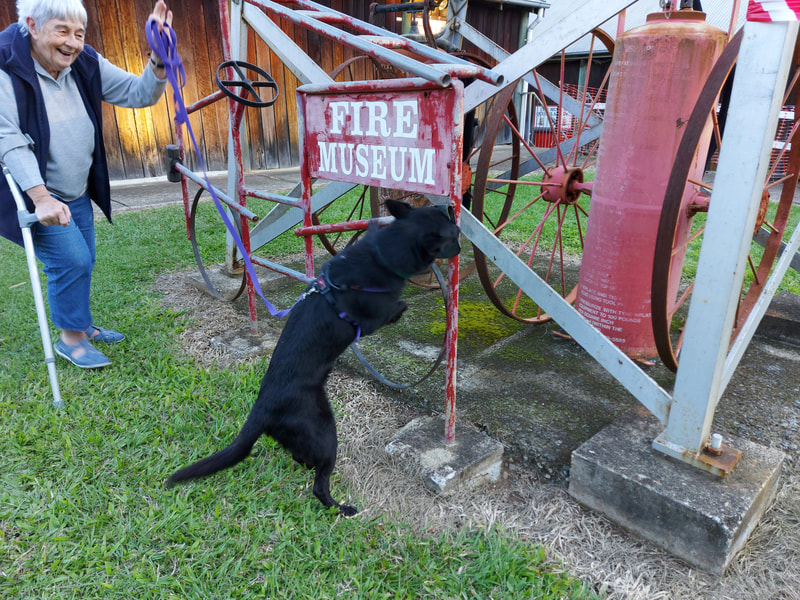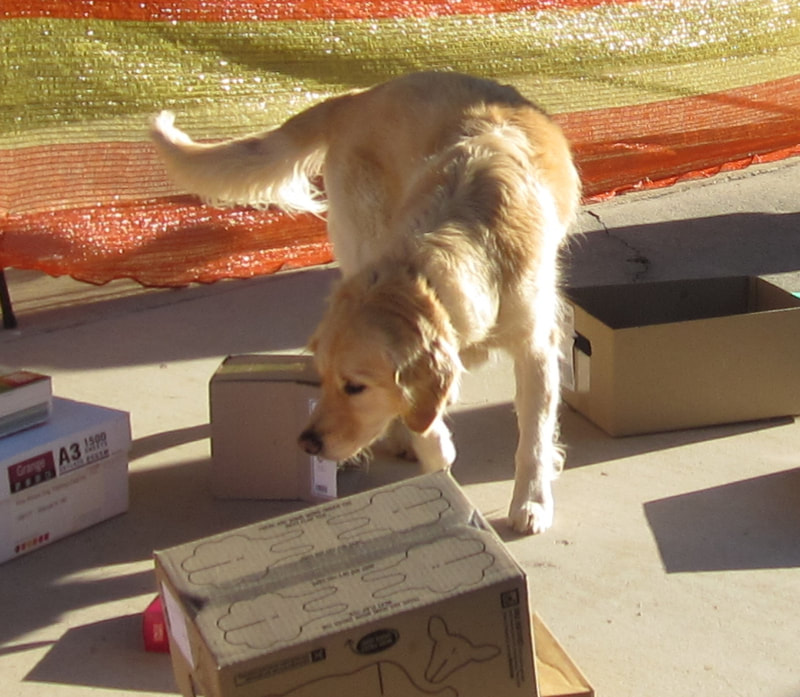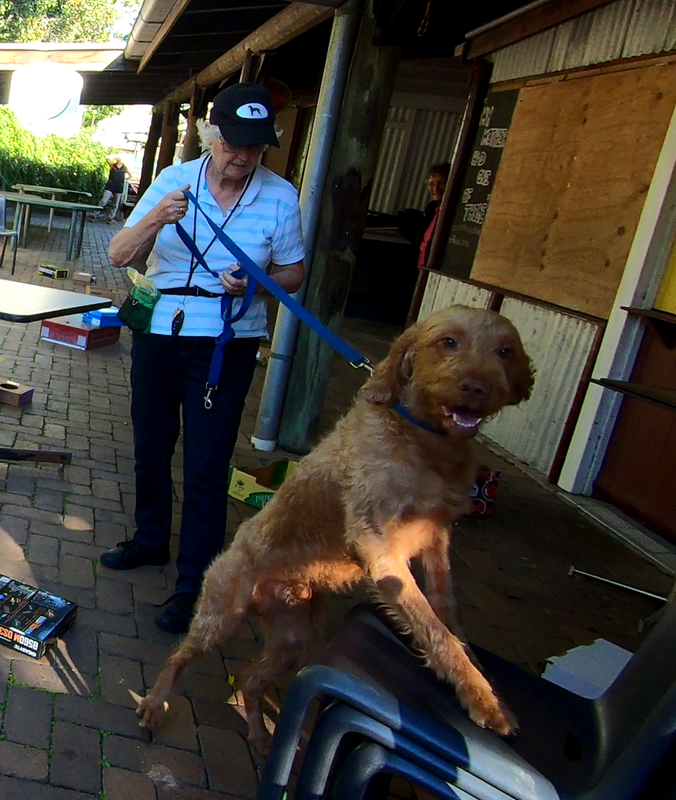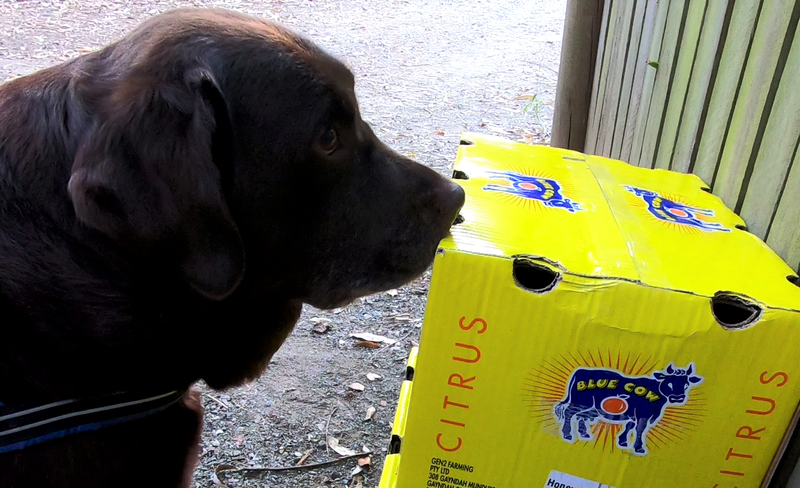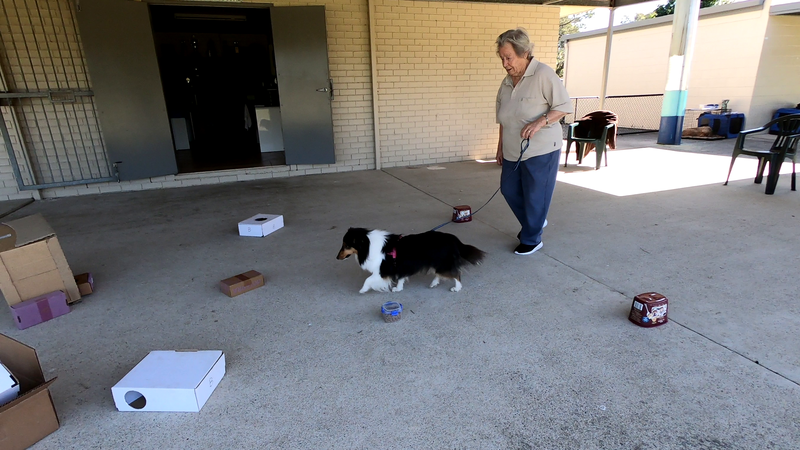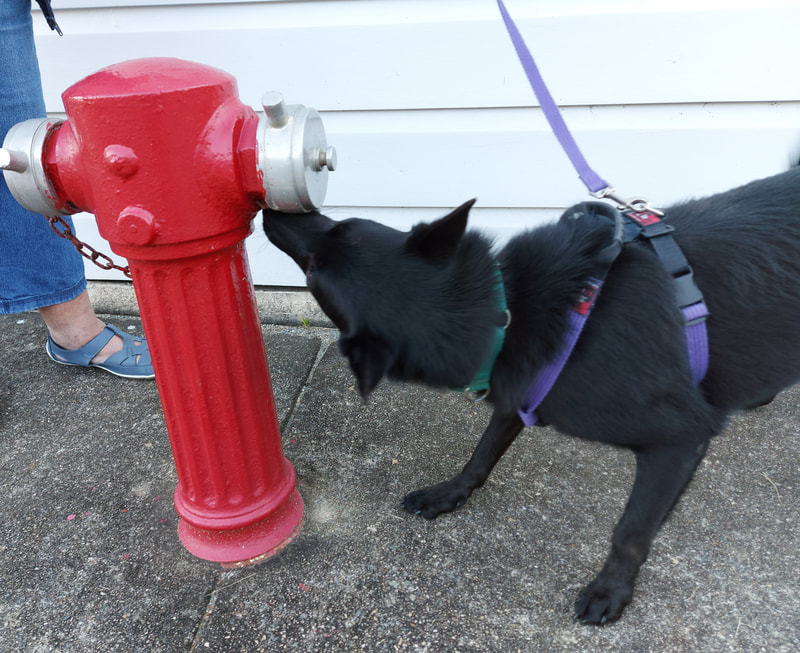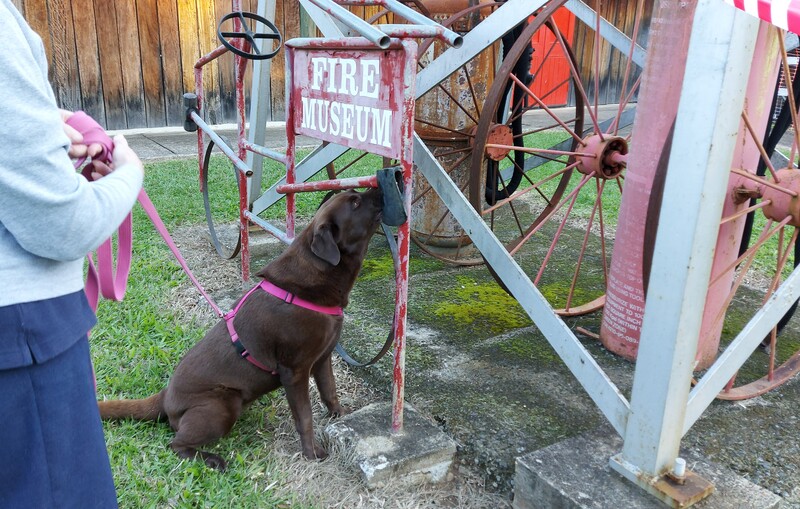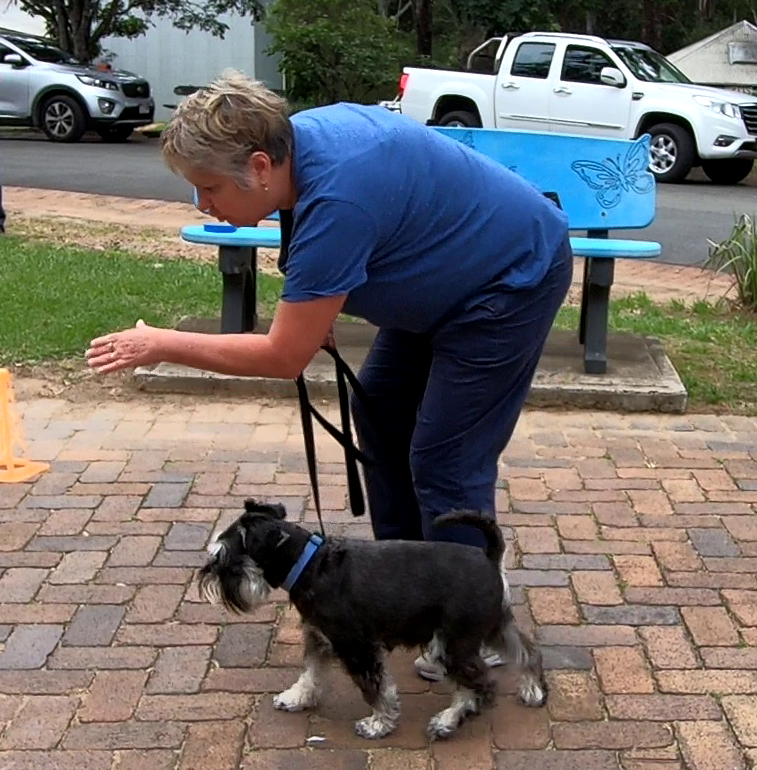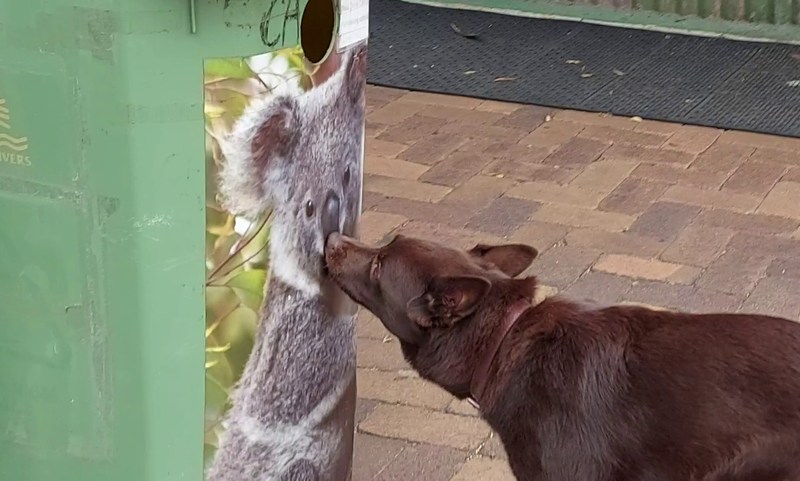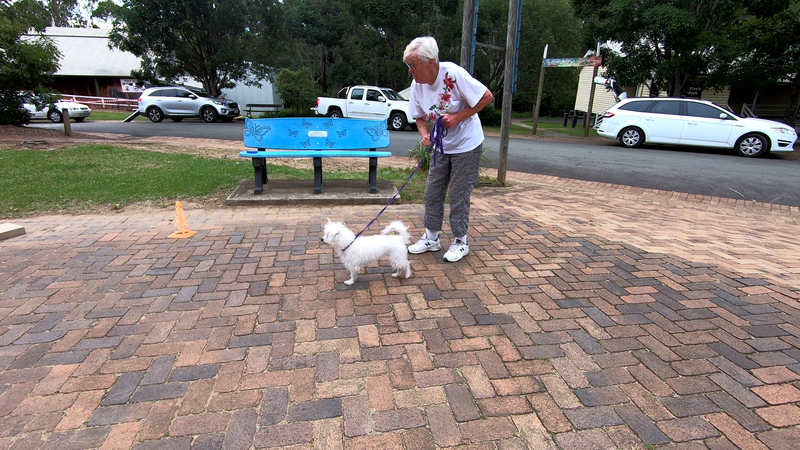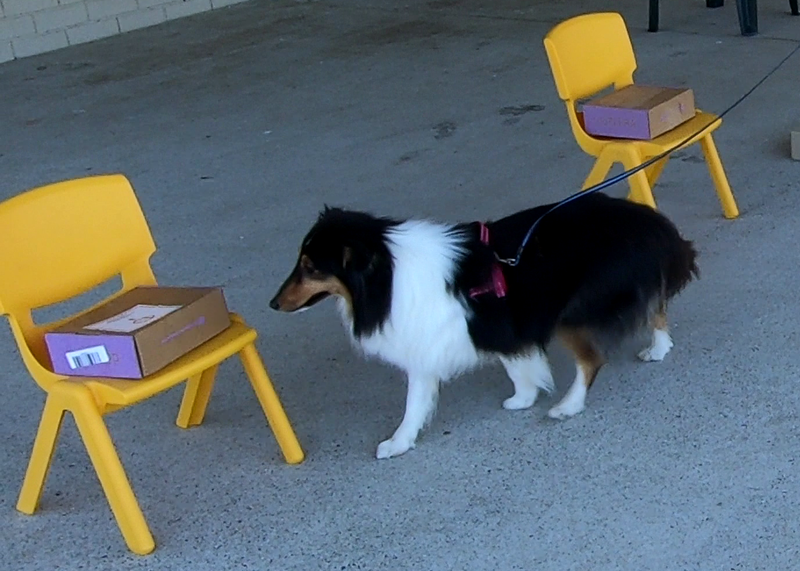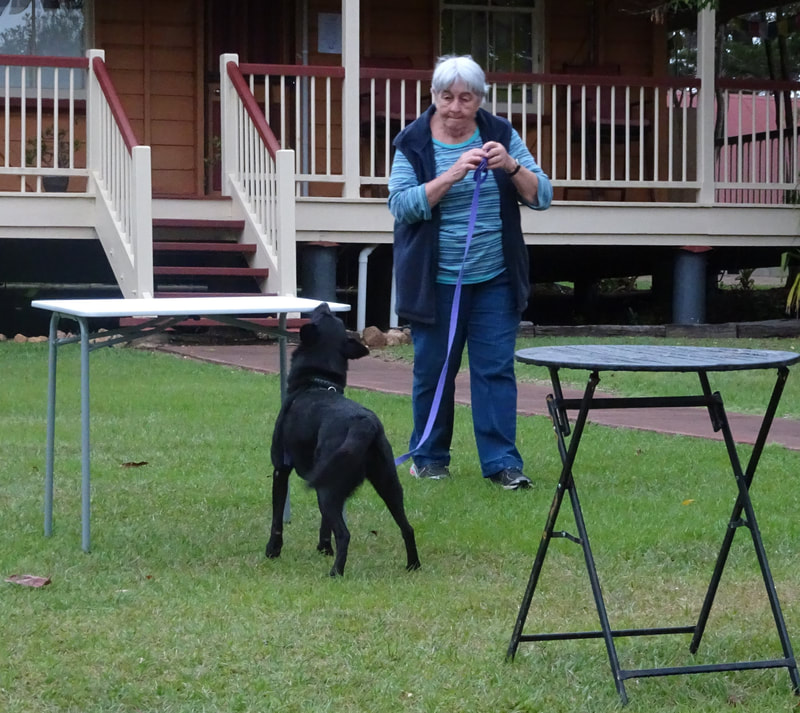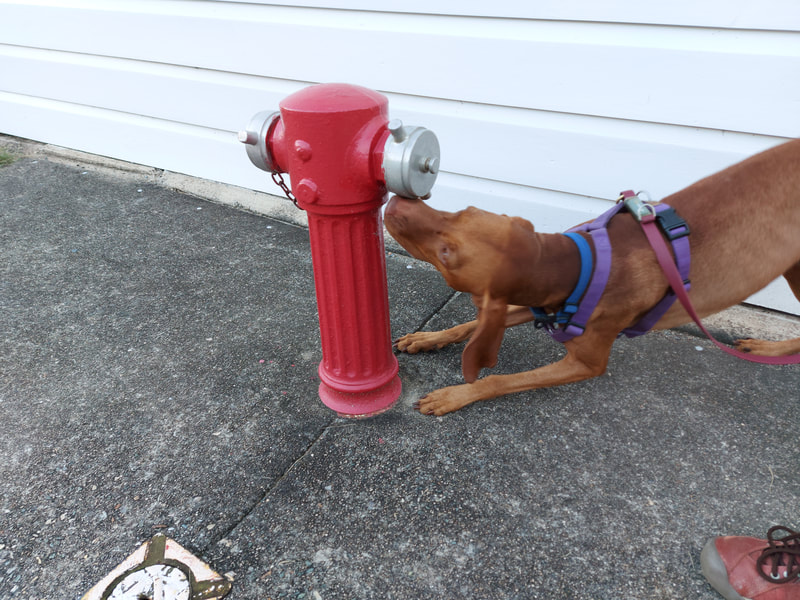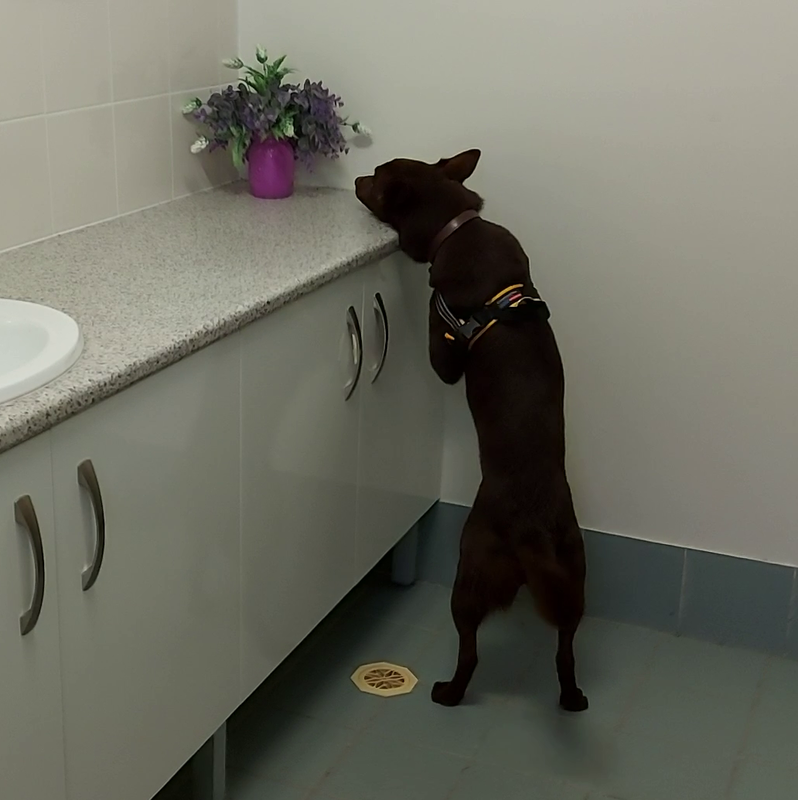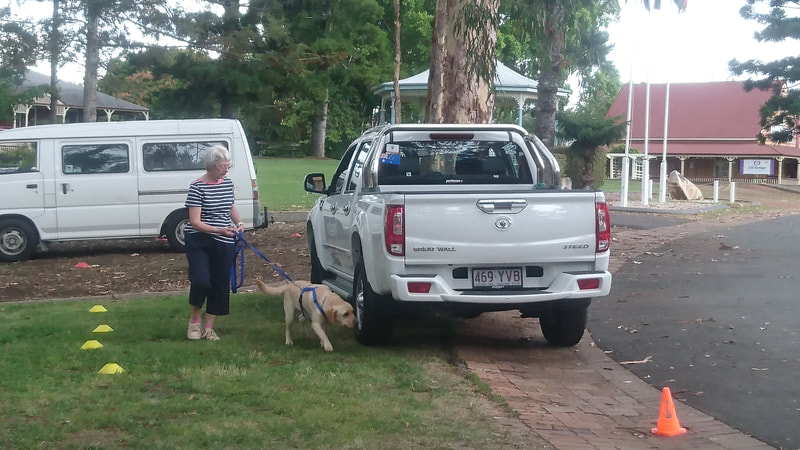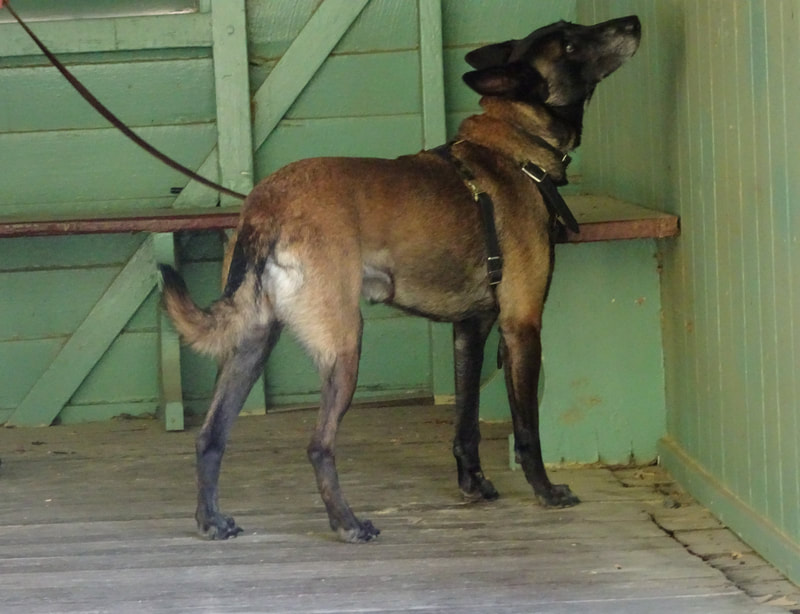Pine Rivers Dog Training Club (PRDTC) at Strathpine, north of Brisbane, hosts this website dedicated to Scent Work primarily to provide information to its members on training and trialling their dogs for Scent Work and/or Nosework.
However, as we are keen to assist other clubs and competitors to understand the foundations of ANKC Scent Work, we are happy to share our resources.
Useful information regarding Nosework with Australian Canine Scent Work may be found on their website.
This website is divided into two parts:
Below are some of our members and their dogs.
However, as we are keen to assist other clubs and competitors to understand the foundations of ANKC Scent Work, we are happy to share our resources.
Useful information regarding Nosework with Australian Canine Scent Work may be found on their website.
This website is divided into two parts:
- Information on training and trialling accessible to everyone; and
- a class members only area containing class curricula, timetables, homework and student videos for review.
Below are some of our members and their dogs.
What is Scent Work/Nosework?
Whether you call one of the fastest growing dog sports in the world ‘Scent Work’ or ‘Nosework’, it makes no difference to the dogs. They are just keen to use their nose to seek out odours which they have been trained to find (usually essential oils) and then communicate to their handlers that they have found them. Initially, the sport was known as ‘Nosework’ but today ‘Scent Work’ is also a commonly used name around the world.
If you have a dog that loves to sniff (and what dog doesn’t) or needs a job to do, then this could be just the activity for you and your dog. All breeds of dog excel in scent work as they love the problem-solving opportunities that it offers and, more importantly, it keeps them mentally and physically stimulated.
Training scent work is a great way for you to enter your dog’s amazing world of scent. Dogs have different searching styles and handlers need to observe their dogs carefully as they tell them the story of finding the odour plume, following its trail back to the source of the odour and indicating in their own unique way that they have found it!
One of the many benefits of scent work is that dogs of any breed, age, or training level can learn and enjoy this activity and it can also be amazing therapy for dogs with ‘special needs’, be it behavioural issues or dogs with reduced mobility due to age or injury.
In competition, there are different elements or settings in which a dog is required to search. In Australia, these elements are containers, interiors, exteriors, and vehicles. There are four specific essential oils in scent work viz birch, anise, clove and cypress. In Dogs Australia (ANKC) trials any of these four odours may be used in any class or division.
At the judge’s discretion, and depending upon the element and level of the test, the dog may search either on-lead or off-lead. The dog and handler work through the various levels of competition and are awarded ‘Titles’ for their achievements. Very advanced search scenarios are introduced at the Masters levels.
If you have a dog that loves to sniff (and what dog doesn’t) or needs a job to do, then this could be just the activity for you and your dog. All breeds of dog excel in scent work as they love the problem-solving opportunities that it offers and, more importantly, it keeps them mentally and physically stimulated.
Training scent work is a great way for you to enter your dog’s amazing world of scent. Dogs have different searching styles and handlers need to observe their dogs carefully as they tell them the story of finding the odour plume, following its trail back to the source of the odour and indicating in their own unique way that they have found it!
One of the many benefits of scent work is that dogs of any breed, age, or training level can learn and enjoy this activity and it can also be amazing therapy for dogs with ‘special needs’, be it behavioural issues or dogs with reduced mobility due to age or injury.
In competition, there are different elements or settings in which a dog is required to search. In Australia, these elements are containers, interiors, exteriors, and vehicles. There are four specific essential oils in scent work viz birch, anise, clove and cypress. In Dogs Australia (ANKC) trials any of these four odours may be used in any class or division.
At the judge’s discretion, and depending upon the element and level of the test, the dog may search either on-lead or off-lead. The dog and handler work through the various levels of competition and are awarded ‘Titles’ for their achievements. Very advanced search scenarios are introduced at the Masters levels.
To improve the readability of the website and for consistency dogs have been referred to as 'he'.
